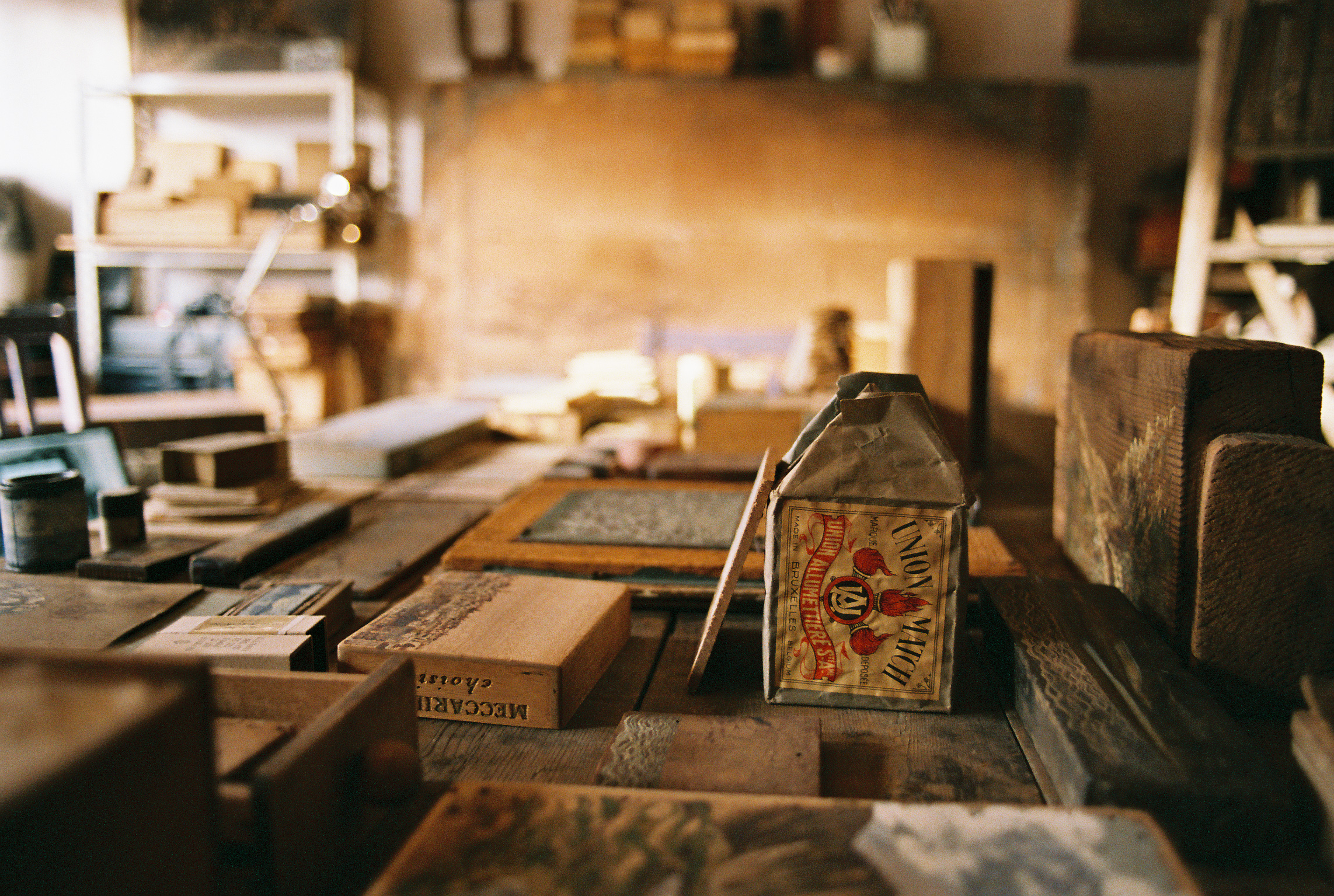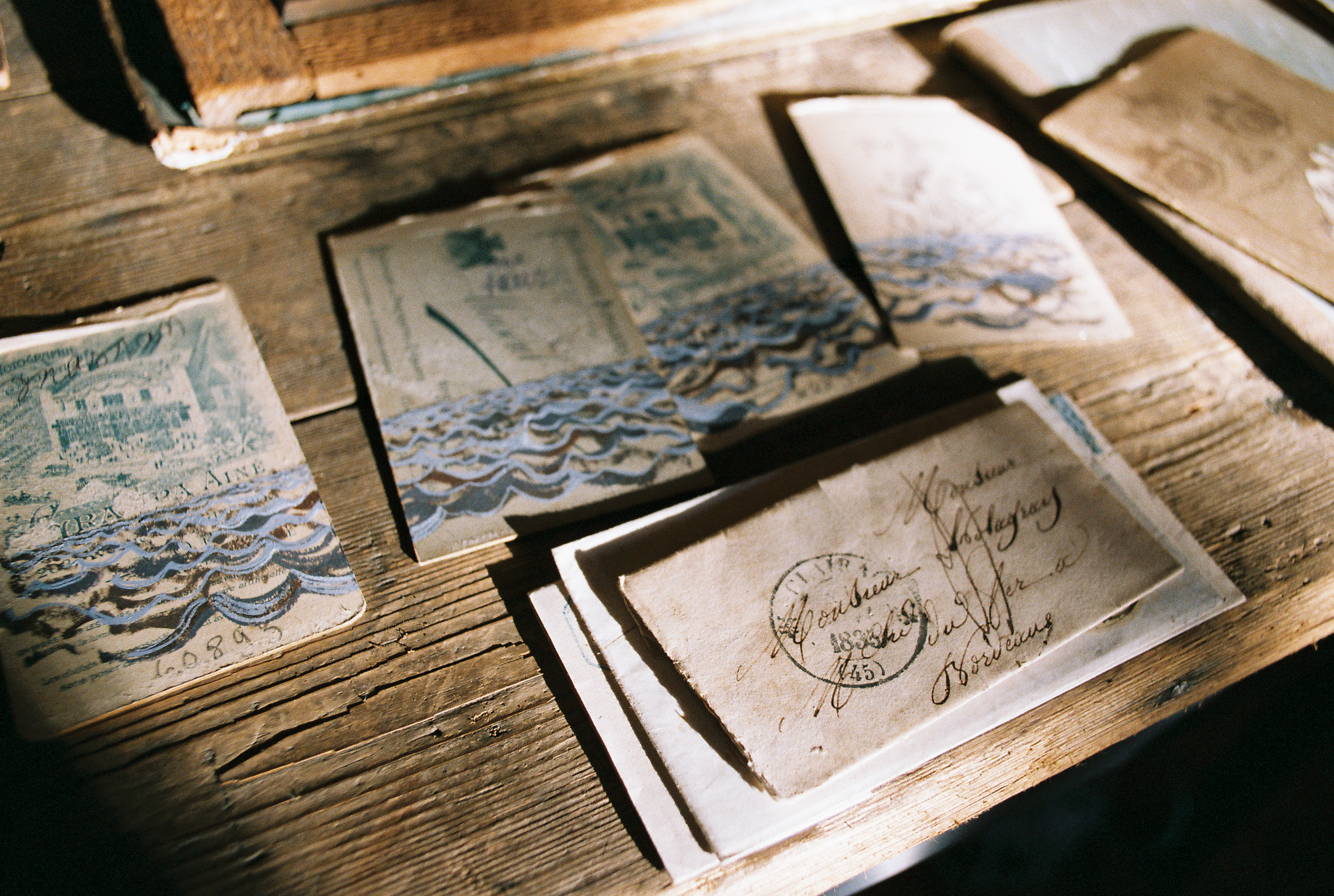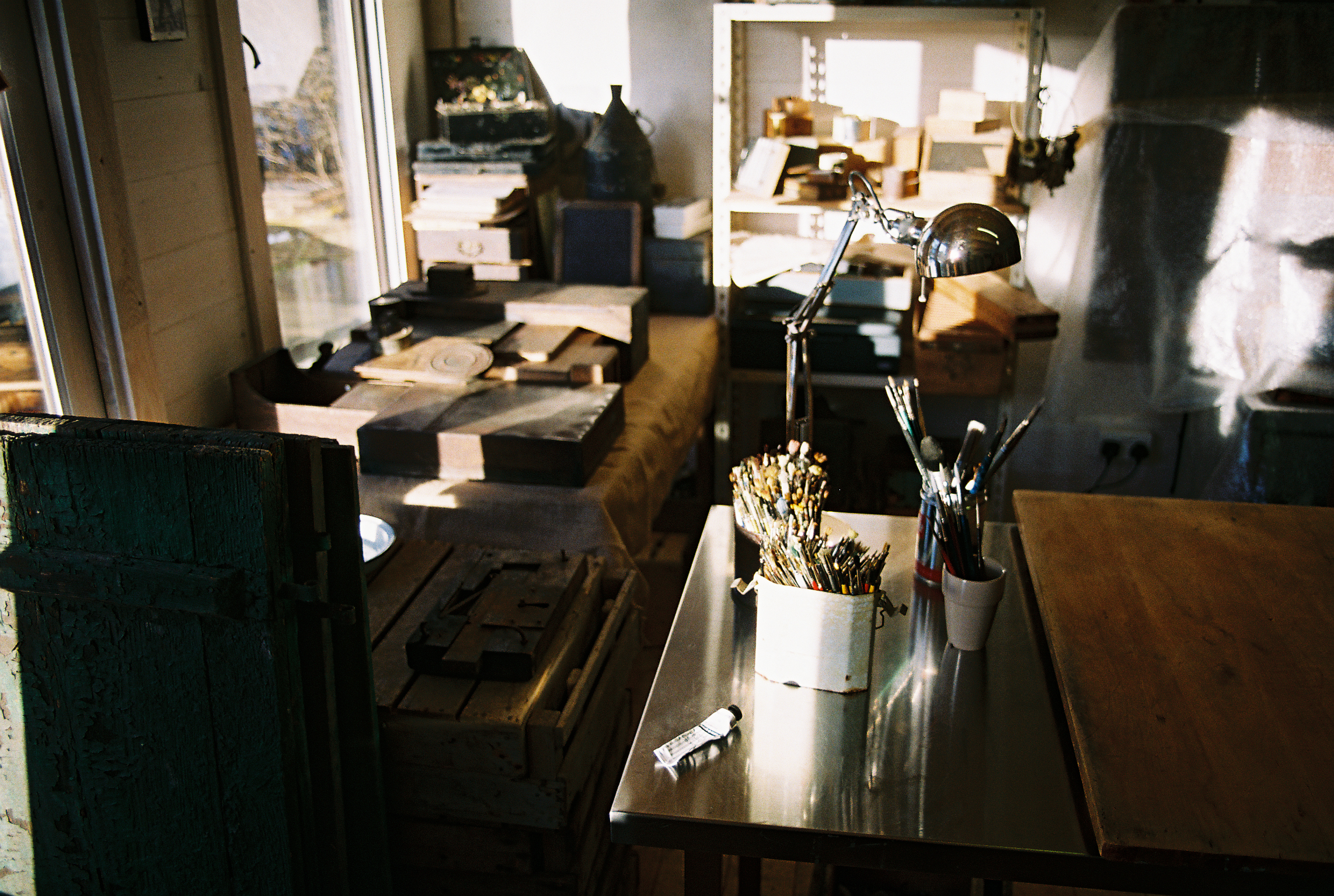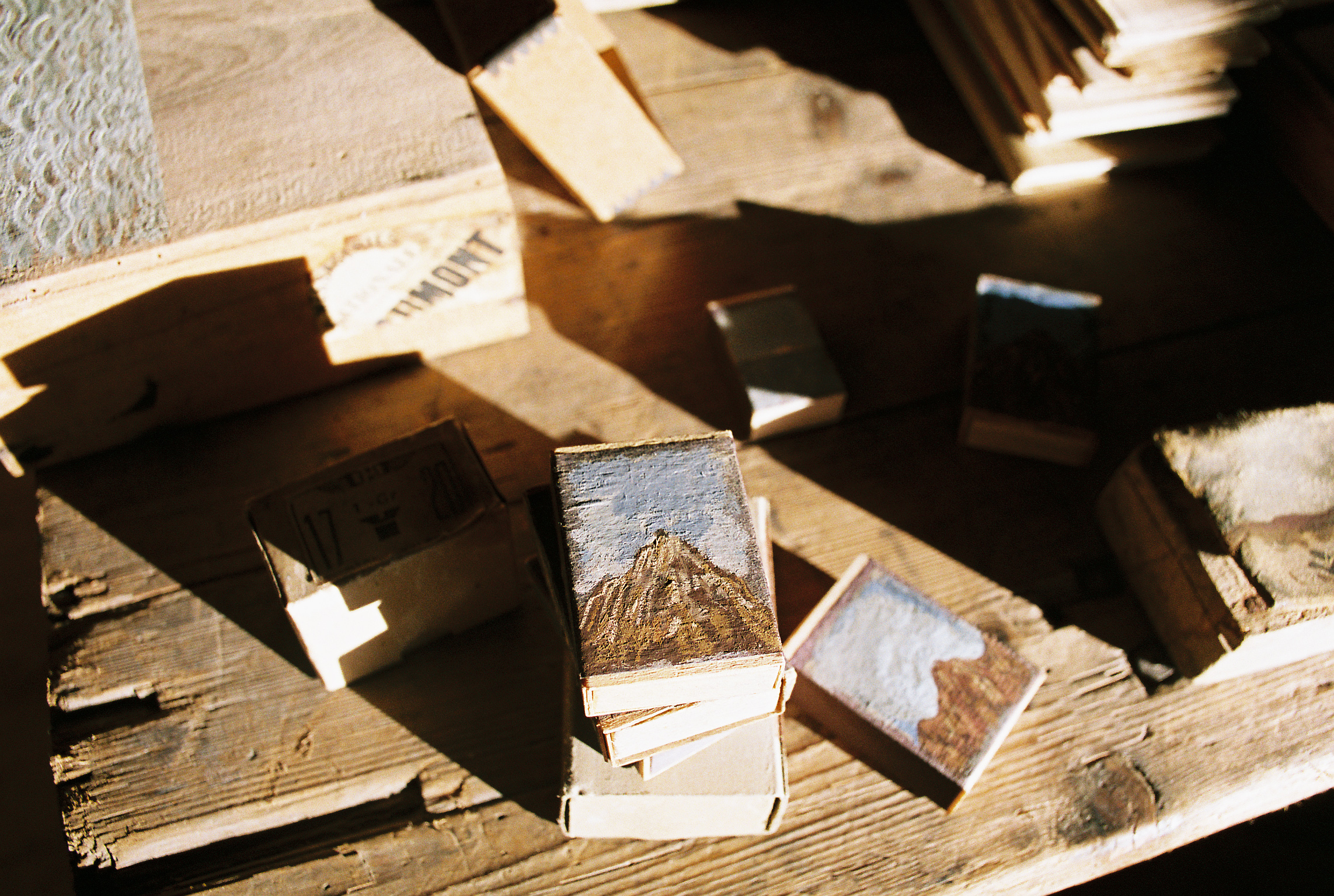In exciting news this week, Mark Haddon’s first novel in seven years was announced. The Porpoise is an “ambitious and dazzling” tale based on Pericles, Prince of Tyre. Over land, air and sea, richly described layers of time and place fold and weave. Publishers Chatto & Windus (an imprint of Penguin) describe an “exhilarating adventure, an immersive story” transporting readers from the present day to ancient times and back again.
Haddon states “after The Pier Falls was published, my agent commented that I write novels in which nothing happens and short stories in which everything happens. In The Porpoise I seem to have combined both models and written a novel in which everything happens.”
Top left: digital prototype of the front cover | Top right: full width of the artwork to be converted into jacket form | Below: detail from Folds (gouache on wood, 2016—2018)
As a fan of the author since childhood, I was humbled to have been approached by Suzanne Dean – the extremely gifted Creative Director of the Penguin Random House Group – to work with her on the artwork for the book. We used Folds as our foundation: completely re-working it layer by layer, mirroring the structure of the book itself. Lettering was hand-stencilled and painted in gouache, as were the motifs and stylised porpoise shown here. See more in the printed book in May (2019). It’s been a real pleasure to work on this project, and I urge you all to pre-order.
A deeply affecting and beautifully-written tale about a family – a woman, a man and a child – apparently lost to one another, who must journey through an unstable world, to find a place they can call home.
Mark Haddon is author of the 2003 award-winning novel The Curious Incident of the Dog in the Night Time, which was subsequently adapted in 2012 for the stage. His most recent novel The Red House was released in 2012 and his debut collection of short stories – The Peir Falls – followed in 2016. I am currently listening to the latter whilst painting, brilliantly narrated by Clare Corbett & Daniel Weyman. Incidentally, I most often listen to books whilst painting.































